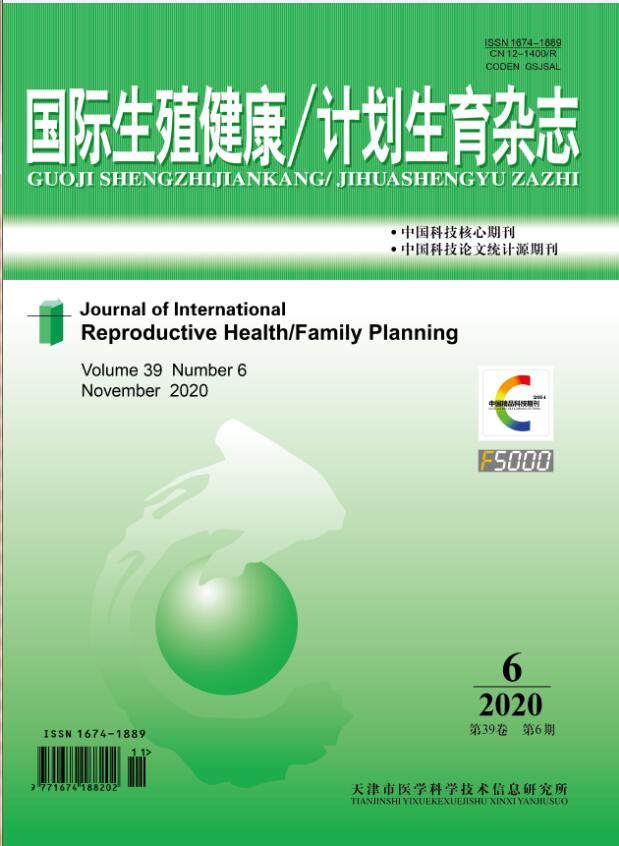|
|
Study on Fertility Stress and Life Quality in Couples Undergoing Artificial Insemination by Donor
LUO Li-yan,SHI Li,ZHAO Yang
2019, 38 (3):
201-205.
Objective:To investigate the fertility stress and life quality in those couples undergoing artificial insemination by donor (AID), and to provide a theoretical reference for the psychological intervention. Methods:The cross-sectional survey was carried out in 129 infertile couples using the Fertility Question Inventory (FPI) scale and the Fertility Quality of Life (FertiQoL) scale who were undergoing AID in our hospital from May 2018 to September 2018. The fertility stress and life quality in husband and wife, and the relationship between the fertility stress and life quality were analyzed. Results:The total FPI score in female patients undergoing AID was 159.00±17.52, and the total FertiQoL score 62.27±9.26. The total FPI score in those husbands was 153.91±19.96, and the total FertiQoL score 65.12±11.62. The total score of fertility stress (t=2.436, P=0.016) and the childless stress dimension score (t=3.145, P=0.002) in wives were higher than those in husbands. The total FertiQoL score (t=-2.881, P=0.005) and the body-mind dimension score (t=-11.401, P=0.000) in husbands were higher than those in wives, while the affective response dimension score (t=3.681, P=0.000) in wives was higher than that in husbands. Pearson analysis showed that there were negative correlations between the total FertiQoL score and the total fertility stress score, or sexual concern score, relationship concern score, or the need for parenthood score in FPIin wives (P<0.05), and that there were negative correlations between the FertiQoL and the fertility stress score, or other dimension score except need for parenthood score in FPI in husbands (P<0.05). Multiple linear regression analysis showed that the fertility stress, culture degree and residence place were three main factors of the life quality in wives (F=3.485, R2=0.168, P<0.05), and that the fertility stress, education degree and family monthly income were three main factors of the life quality in husbands (F=4.390, R2=0.203, P<0.01). Conclusions:The fertility stress of female patients undergoing AID was higher than that of male spouses, and the life quality of female patients is also lower than that of male spouses. The fertility stress is often an important factor of the life quality. The greater fertility stress, the lower life quality.
Related Articles |
Metrics
|

